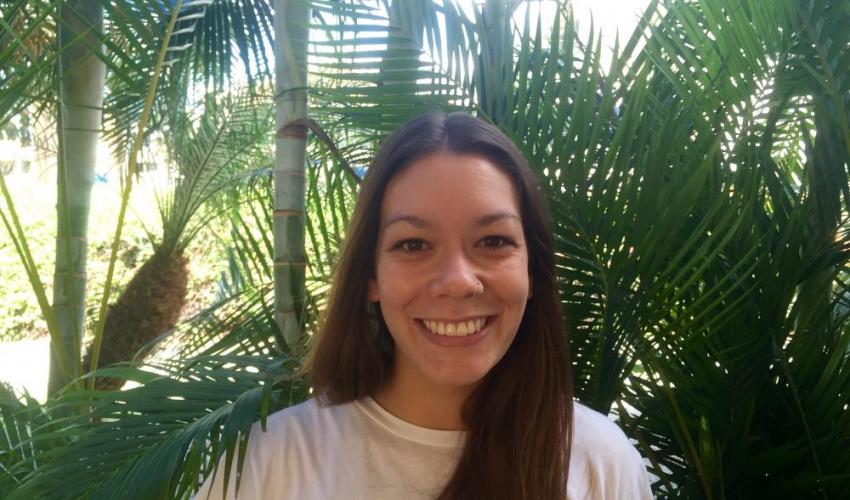"Today, we find ourselves surrounded by more concrete than koa, more hotels than natural coastline. It is more important than ever to reconnect with nature for our own health and for the health of our communities," says Jane Au, an intern at RISE (Rewarding Internships for Sustainable Employment) and a cultural Engagement Fellow for the IUCN Congress 2016.
Humans have achieved great things. Our vision and skill have built empires, developed incredible technologies and advanced us to immeasurable heights. Yet today we face a crossroad, a fork with no seemingly easy path. As our goal to advance becomes greater, our planet and home becomes more threatened. Perhaps after so much time spent looking forward, we have reached a point where we must also look back, remembering what our role as humans once was as stewards of the land, nurturers of the earth.
Being an Indigenous Hawaiian, I am most reflective of this tiny island chain located in the middle of the Pacific Ocean. As the most isolated populated land mass in the world, Hawaiʻi is an exceptional place for several reasons. Its ecological range and evolutionary variety make this small archipelago a unique place, hosting more biological diversity than any other place on earth.
Long before Western contact and modern development, indigenous Hawaiians not only sustained themselves in this isolated land but thrived here, showing that the values with which they approached land conservation were extraordinary and unprecedented. Studies show that nearly 600,000 Hawaiians used only 15% of all land to fulfill their societal needs, leaving the remaining 85% untouched and unaffected by the human footprint. Today, less than 300 years later, the statistics exist in reverse with 85% of land in Hawaiʻi being developed and only 15% left untouched. In addition to these alarming shifts, self-sufficiency has plummeted, and several native species, existing nowhere else, are endangered or long departed to extinction.
When considering these facts, it becomes clear that indigenous Hawaiians achieved remarkable feats in terms of preserving the diversity and well-being of the land. Traditionally, Hawaiians understood themselves as kin to the natural environment, with the health of humanity directly linked to the health of the land. The wealth and limitations of natural resources were thus the determining factors for the duties and responsibilities of the human race.
Today, we find ourselves surrounded by more concrete than koa, more hotels than natural coastline. In my eyes, it is more important than ever to reconnect with nature for our own health and for the health of our communities. By applying the traditional archives of knowledge that Hawaiians used to mālama ʻāina, to care for the land, and pairing them with modern technologies and scientific advancement, we can create change that is beneficial to the planet and therefore humankind as well.
We cannot continue to plan for our future without changing direction and heading down a more sustainable path. We must view and respect our planet as the source of life it is, rather than a resource for our own gain. In determining which road we take next, let us be sure it is a path marked by compassion, one that cultivates a unity between our species and the planet we all call home. Let us begin to look back, so we can move forward with aloha.
– Jane Au, a RISE intern (Rewarding Internships for Sustainable Employment) and a cultural Engagement Fellow for the IUCN Congress 2016











